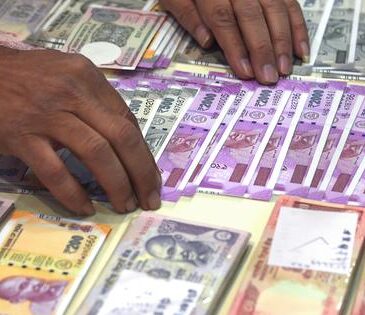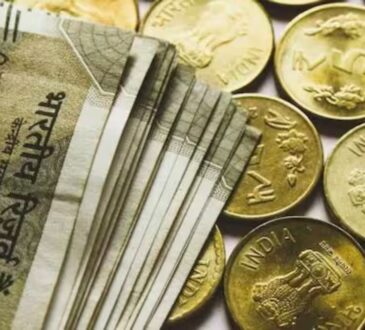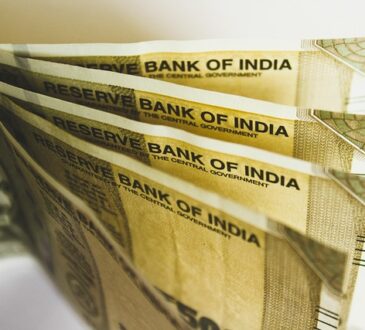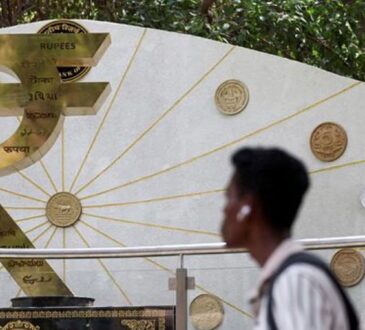A bank employee is counting 100-yuan notes at a bank counter in Nantong, in China’s eastern Jiangsu province. Beijing’s move to rein in yuan appreciation shows that China has little appetite to replace king dollar quite so quickly. Photo: AFP/FILE
“>
A bank employee is counting 100-yuan notes at a bank counter in Nantong, in China’s eastern Jiangsu province. Beijing’s move to rein in yuan appreciation shows that China has little appetite to replace king dollar quite so quickly. Photo: AFP/FILE
Foreign exchange traders just had their wings clipped by the People’s Bank of China. In the wake of a sharp rally for Asian currencies, they were expecting the country’s central bank to make way for further falls against the dollar when it announced the yuan’s trading band midpoint on Tuesday. The fact that it did not speaks volumes about Beijing’s strategic approach to the ongoing trade war — most of it good.
The central bank set the fix around which the yuan trades 2 percent in either direction at 7.2008 per dollar on return from Monday’s national holiday. That’s hardly changed from its level on Friday and triggered a partial reversal for the less-regulated offshore rate, which had risen 1 percent against the greenback over the long weekend.
The steady hand from Beijing is welcome news for Chinese exporters already suffering from Washington’s triple-digit tariffs on the country’s goods. It is also in keeping with President Xi Jinping’s mandate for a steady dollar exchange rate — not one so strong that it threatens to heap further disruption on a shaky economy already grappling with geopolitical upheaval.
The move will also provide a much-needed anchor for the rest of the region – thanks to China’s massive trading relationships with nearby peers – after other central banks noted their own currencies rallying hard against the US dollar. Reuters reporting on an outsize 8 percent rise for the Taiwanese dollar over two days pins the blame on local exporters and insurers converting into the world’s reserve currency, initially in response to easing Sino-American tensions. Malaysia’s ringgit and South Korea’s won are also up about 3 percent and 2 percent this month, respectively, while Japan’s yen has risen 0.5 percent.
On top of that, talk of de-dollarization has percolated in recent weeks as concerns grow over exposure to a more volatile US. Yet there is little sign of a structural shift to another currency, and Beijing’s move to rein in yuan appreciation shows that China has little appetite to replace king dollar quite so quickly.
Instead, Tuesday’s trading band fix suggests Chinese leaders are keeping cooler heads after the initial hotting up with the US got both sides hit with stratospheric levies. Talks between Beijing and Washington now look more likely, but even once commenced they are likely to drag on interminably. In the interim, Xi’s preference for currency stability is likely to tamp down on foreign exchange volatility, both for his own country and the rest of Asia.
The People’s Bank of China set the yuan’s exchange rate at 7.2008 per dollar on May 6. The country’s onshore-traded currency is allowed to move 2 percent in either direction. The midpoint is little changed from its previous level and triggered a partial reversal of gains for the less-regulated offshore exchange rate.
Asian currencies have rallied hard against the dollar amid talk of potential de-dollarisation and hopes for trade war de-escalation. The Taiwanese dollar is up more than 6 percent against the US currency this month, while the Korean won has climbed more than 2 percent.


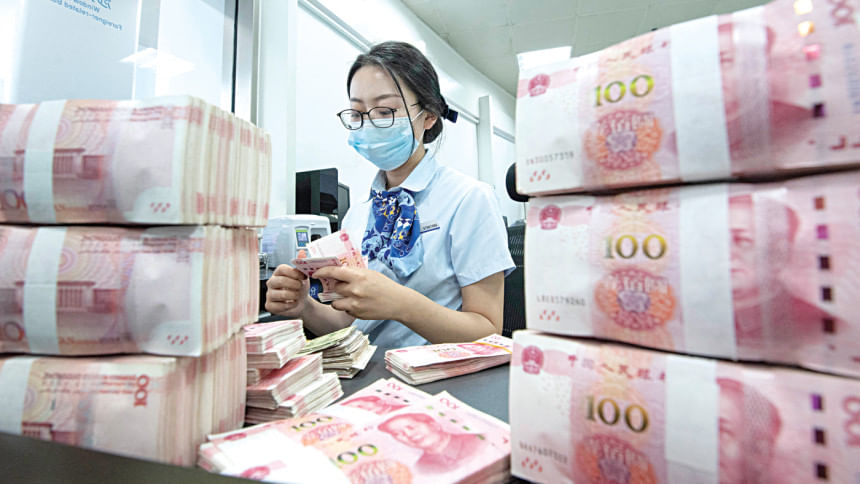
 For all latest news, follow The Daily Star’s Google News channel.
For all latest news, follow The Daily Star’s Google News channel. 

